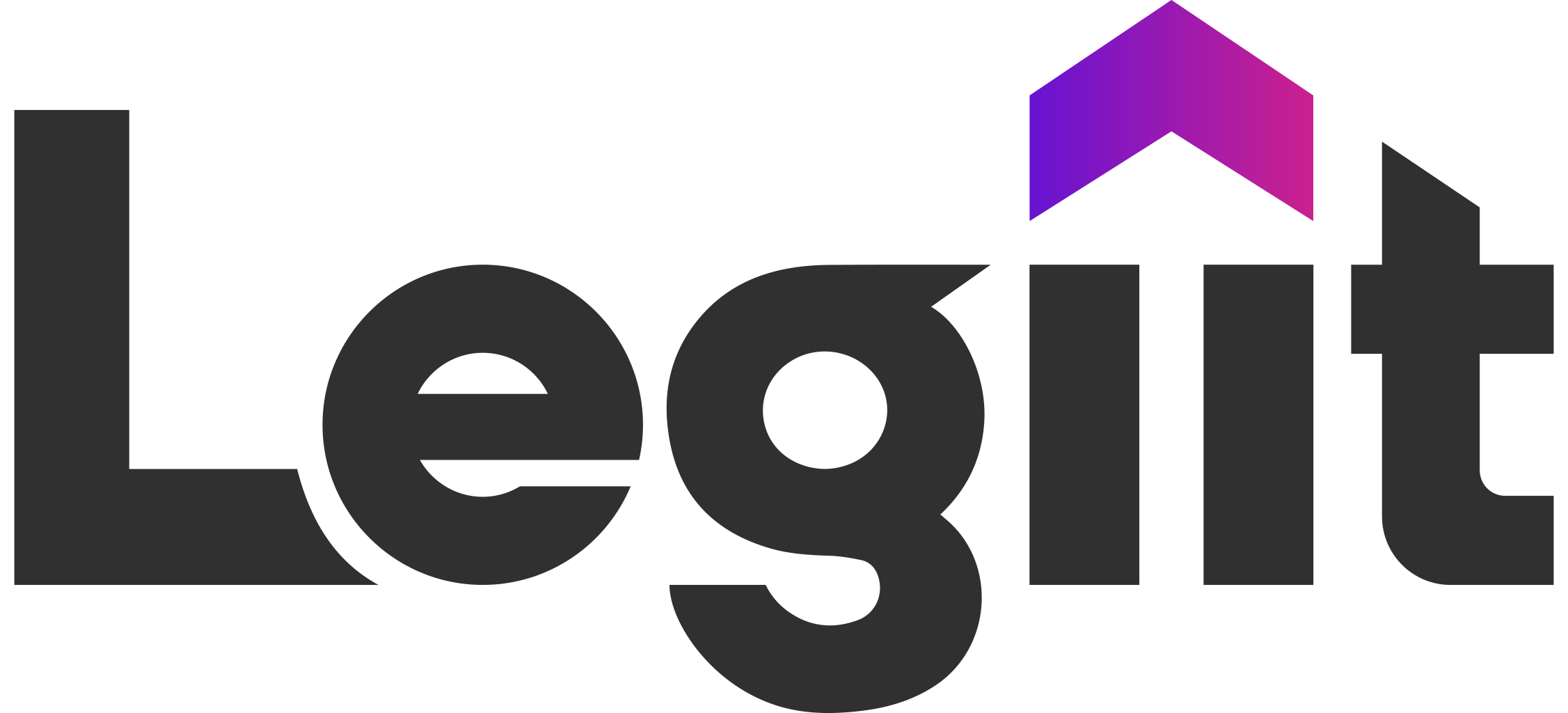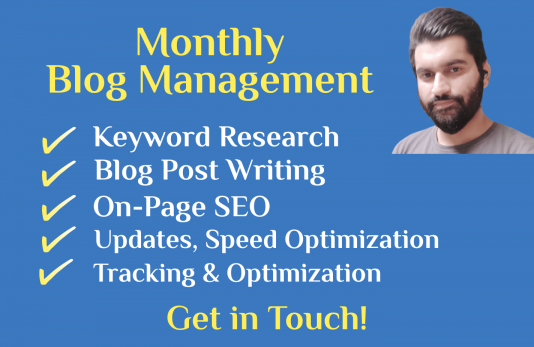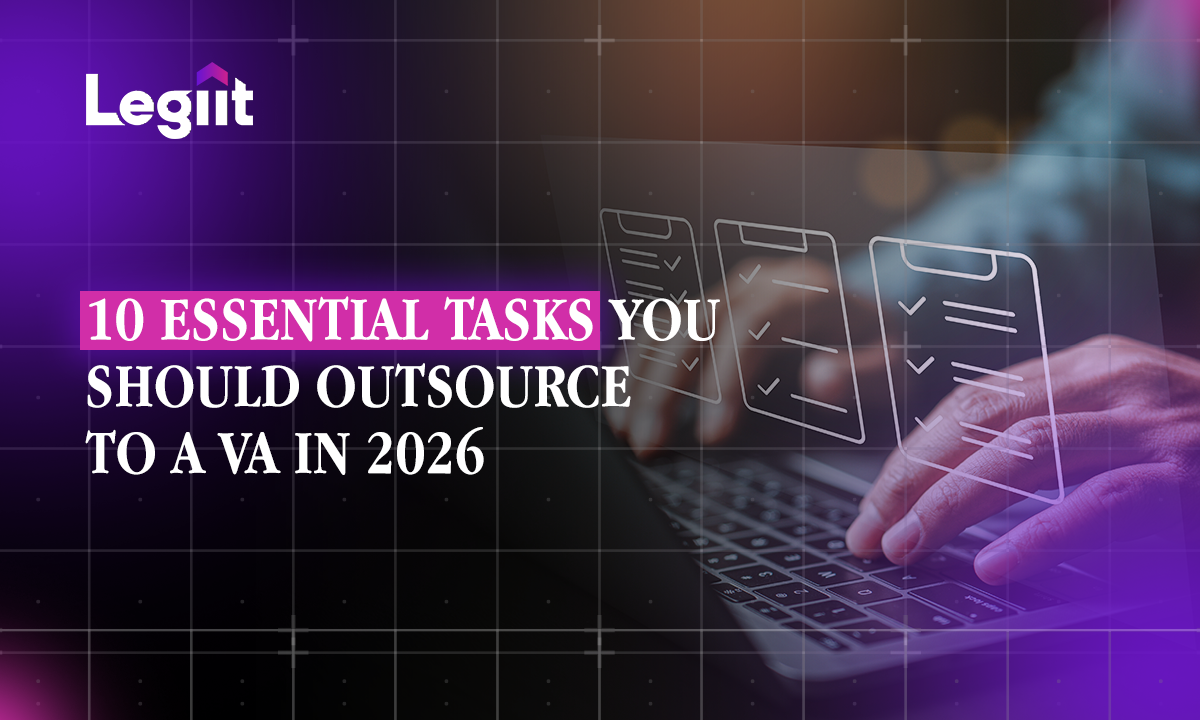Despite what you may have heard, affiliate marketing with Google Ads is completely possible.
In fact, it’s a strategy many affiliates use with great success.
But,
- How can you promote affiliate links with Google Ads safely and effectively?
- How do you optimize your ad for maximum ROI?
- And how do you create a converting affiliate landing page?
In this guide, we’ll address all the questions you might have related to affiliate marketing with Google Ads.
Let’s get going.
Affiliate Marketing with Google Ads
Can You Do Affiliate Marketing with Google Ads?
This is probably the first question that comes to the mind of everyone thinking of using Google Ads for affiliate marketing.
Can you promote and sell affiliate products with Google Ads?
Yes, you can. But, there are a few things you need to know before getting started.
Otherwise, you’ll end up getting banned by Google or simply send your investment down the drain.
How to Do Affiliate Marketing with Google Ads?
Don’t Use Direct Links
Using direct affiliate links in your ads is the best way to get your account banned by Google.
In other words, you can’t just pick an affiliate link and put it into a Google ad.
You need to play by the rules of the ad platform.
Use a Website/Landing Page
A landing page, in this case, would be a web page where you’re going to redirect your Google Ads traffic.
The purpose of a custom landing page is to have more control over your content.
For instance, you can have an opt-in form on your page and build your email list.
Having an email list would mean you can promote similar affiliate products via email marketing to the same audience.
We’ll talk about how to create a converting landing page for your affiliate offers in a bit.
Choosing the Right Products
If the affiliate product isn’t good enough, having a great landing page and optimized Google ad won’t help.
You need to pick the right affiliate products in order to make this strategy work.
Remember that the product you’re promoting as an affiliate affects how your audience will perceive you in the future.
So, selling something that doesn’t offer the promised features will put your reputation at stake.
Avoid CPA offers that don’t lead anywhere.
Instead, focus on promoting affiliate products with real value, benefits, and customer reviews.
This is where your product research skills will come in handy.
So, for instance, if you’re promoting an Amazon affiliate product, read customer reviews on the product page to make sure it’s high-quality.
Read Google Ads Policies
Reading policy pages can be one of the most unattractive things in digital marketing.
But, it’s important to know all the rules of the platform you’re promoting your offers on.
Read Google Ads policies about promoting affiliate products and make sure to abide by the rules.
Don’t stop there.
Also, read the policy page of your affiliate product and see if they allow affiliates to use paid ads.
Track Your Links
Most affiliate programs have an effective tracking system in place.
You don’t want to use any third-party services to get insights or make your affiliate links prettier.
Adding your direct affiliate links on the landing page is usually the best practice.
Your clicks and conversions among other metrics will be shown on your affiliate dashboard.
For instance, here’s what the Amazon affiliate dashboard looks like:

So, it’s generally easy to track the performance of your affiliate links or landing page.
Avoid Brand Name Bidding
One of the things you need to know before promoting an affiliate product is whether you’re allowed brand name bidding.
Most brands don’t allow this, so err on the side of caution and avoid brand name bidding.
This generally means that as an affiliate, you’re not allowed to promote that brand’s primary keyword through paid ads.
Now that you know how to go about promoting any affiliate offer, let’s talk about creating a converting landing page.
Creating an Affiliate Landing page
Creating a highly converting landing page is one of the most important steps in any paid ads campaign.
This is because the effectiveness of your ad campaign largely depends on your landing page.
Moreover, the goal of your landing page shouldn’t just be to drive traffic to your affiliate links.
It provides you with a great opportunity to build your email list and then retarget those leads later.
In fact, according to a study, an astounding 98% of website visitors don’t purchase the product on their first visit.
This means if you’re not capturing their emails on your landing page, you’re letting most of your leads slip away.
In addition, you need to make sure your landing page is optimized for a single call-to-action.
Every section of your landing page should be focused on a single goal.
So, how do you create a highly converting affiliate landing page?
Write a Great Headline
The headline is inarguably the most important part of a landing page since it’s the first thing someone reads.
If the headline isn’t captivating enough, there’s a high chance the visitor won’t even read the first paragraph and bounce back.
The purpose of your headline is to grab visitors’ attention and get them to read the first paragraph on your landing page.
Plus, the headline is essentially the title of the page.
This means it’s also the first thing someone reads while figuring out which link to click on on Google’s first page.
So, your headline decides how many users click on your link and how many turn to a competitor.
Add Your Affiliate Link Early
While your goal may be to generate an affiliate sale as quickly as possible, you don’t want to sound too pushy or salesy.
But, it’s a good idea to throw in your affiliate link at the beginning of your content.
If you’re reviewing a product or comparing multiple ones, offer your short verdict in a few sentences right off the bat.
Then, include a call to action that leads the reader to the affiliate page.
Why?
Because not all the visitors will want to stick around until the end of the content.
Many of them want a quick and short answer.
Offering a quick answer to that segment of your audience can improve your conversion rates.
Make it Easy to Skim
Most of the visitors that stick around won’t read your whole content word by word.
This type of audience wants the answer to be detailed as well as quick.
The best way to convert these visitors is by making your landing page content easy to scan or skim.
This means using lots of subheadings, bullet points, and images to break the text into smaller segments.
Don’t forget to distribute your call to action throughout the landing page.
Write an Affiliate Disclaimer
You need to be transparent about your relationship with the product you’re promoting on your landing page.
The Federal Trade Commission (FTC) requires you to include an affiliate disclaimer if you’re adding any affiliate links to your content.
It can be a single sentence, but you’re legally obliged to disclose your affiliate partnerships on your affiliate landing pages.
Use Simple Language
While writing your landing page, think about who you’re addressing.
You don’t want to make them consult a dictionary multiple times while reading your content.
You want to make the consumption of your content as easy as possible.
Simple, conversational, and personalized language is what you need to build rapport with the readers.
Eventually, it will help you get more clicks and conversions on your affiliate links.
Use Product & Comparison Tables
Tables allow you to showcase all the important information concisely in one place.
For instance, a good product table would have the prominent features, pros, and cons of that product.
This gives some potential buyers everything they need to go through with the purchase.
Similarly, with a comparison table, you can list the most important features of multiple products.
That way, you’ll be helping the visitor pick the better option without having to read the whole content.
In short, product and comparison tables can help you boost your conversion rates.
Make Your CTA Stand Out
A CTA might seem like an insignificant element of a landing page.
But, optimizing your CTA’s design, text, and colors can make all the difference.
You want your CTA to stand out from the rest of your content.
It should be visually appealing and get the reader to click on your affiliate link.
Moreover, you want to add a CTA in all the important places on your landing page.
The next powerful tip will tell you how to find the right spots for maximum clicks and conversions.
Thankfully, you can create high-converting CTA buttons with just drag-and-drop action on most landing page builders.
Use Heat Maps to Track Clicks
A heat map is a visual that tells you how visitors are interacting with your landing page.
The technique uses color coding to segment areas of your page based on user interaction.
For instance, you can use a heat map to identify areas that are getting the most clicks from visitors.
It also tells you which areas aren’t getting any attention or clicks.
This could be an indication that you need to redesign or improve that section of your landing page.
Now, there are plenty of heatmap software you can use.
Hotjar is one good option.

So, depending on where visitors are clicking on the landing page, you might want to increase the affiliate link density.
Tools to Create Landing Pages
If you already have an affiliate website, you’d know that there’s no shortage of landing page builders in the market.
It can get a little overwhelming to choose one software from so many great options.
What you want to do is explore the best options and filter out the one with the right features.
Some of the best all-in-one landing page/sales page builders are:
- Systeme.io
- ClickFunnels
- Kartra
- Leadpages
Now that you know how to create an affiliate landing page, let’s move on to the next important step.
Setting Up a Google Ads Campaign
Setting up a Google Ads campaign can be tricky as it involves upfront investment.
Plus, before you activate your affiliate ad, you need to:
- Narrow down your target audience
- Write actionable copy
- Optimize other sections of the ad
In the next few sections, we’ll tell you how to attract the right kind of people to your affiliate landing page through Google Ads.
Narrow Down Your Audience
First, you want to narrow your audience down to people who’re most likely to convert.
Google Ads let you target users based on multiple factors, including:
- Age
- Gender
- Location
- Industry
- Behavior
- And more
Write Actionable Copy
Copy is the next important element of a Google search ad.
This generally includes your ad headline and description.
Your headline and description need to be persuasive and actionable.
Creating a Google Ads Campaign
To create a Google Ads campaign for an affiliate landing page, sign up for a Google Ads account.
If you already have one, just sign in and create a new campaign by clicking on the “+” icon.
On the first step, you’ll have to select your campaign objective.
Because you’re trying to get traffic to your affiliate page, select the “Website traffic” objective.

The next thing you’ll need to decide is your campaign type.
Since we want to bring searchers to a landing page, a “Search” campaign would be the right option.

In the next step, choose the metric you want to focus on.

And since you want to attract searchers, select the “Search Network” option under campaign settings.

After selecting the language and locations of your ad, it’s time to choose your target audience.

As soon as you pick your target audience and hit next, you can get Google to give you keyword suggestions based on your landing page.
Just enter your landing page and it’ll extract the important keywords for you.
Then, filter out the ones you want to target.

Next, add your final URL. This is the landing page you want Google users to visit.

The ad platform will use the final URL to suggest headings and descriptions as well.
You’ll then have to write at least 3 headlines and 2 descriptions for your Ad.
The “Ad Strength” score at the top will help you optimize your ad for maximum conversions.

Google will then suggest a recommended budget for this campaign.

In the last step, make sure to go through your ad campaign’s overview.

Once everything looks good to go, hit the “Publish Campaign” option.
Google will then start the review process and publish your campaign if it satisfies its policies.
Pros and Cons of Using Google Ads for Affiliate Marketing
Now, Google Ads can be a great way to bring immediate traffic to your affiliate offers.
But, getting affiliate sales may not always be as easy as it looks.
Let’s take a quick look at the pros and cons of affiliate marketing with Google Ads.
This will help you decide if this is the right strategy to implement right now.
Pros
High-Quality Traffic
One of the biggest advantages of using Google Ads is that it sends high-quality traffic to your landing pages.
This is because you’re putting your landing page in front of an audience that’s actively trying to find you.
So, there’s a high chance that anyone visiting your landing page will act on your affiliate offer.
High ROI (Return on Investment)
You can get an exceptionally high ROI with Google Ads if you know what you’re doing.
The good thing about pay-per-click advertising is that you only have to pay for clicks.
So, as long as no one clicks on your ad, your budget will remain intact.
Plus, you can track your ad’s performance and make necessary tweaks for a better return on investment.
Instant Results
Google Ads let you advertise your web pages almost instantly.
This means once your ad gets approved, it’ll start showing to the target audience within minutes.
Unlike SEO and content marketing, there’s virtually no waiting time with Google Ads.
Easy to Scale
From the search network to partner websites to YouTube, Google lets you place ads in a variety of locations.
So, you can easily scale your ad placements and budget once you start getting results.
Easy to Use
If you’ve read this far, you have a step-by-step guide on how to run a Google Ads campaign.
It’s super straightforward if you know what you’re doing.
But, of course, you need to optimize your ad and landing page in order to get the desired results.
If you don’t have the time or don’t want to do it yourself, hire a Google Ads freelancer.
Cons
Can be Expensive
This might go against the claim that Google Ads offer a great return on investment.
But, the thing is Google charges a pre-determined amount (CPC) for every click on your ad.
And it can be pretty expensive if your landing page isn’t optimized for conversions.
So, no matter how good your Google ad is, your landing page is the one that’s going to generate results.
This is why you might want to get an expert to manage your Google Ads as well as landing page optimization.
Recommended Google Ads Services
Google Ads Campaign

Setup & Manage Google Search Ads

Recommended Landing Page Services
Attractive Landing Page or Web Page Design

Custom WordPress Landing Page That Converts

Affiliate Marketing with Google Ads: FAQs
How Do I Promote My Affiliate Links on Google Ads?
You can’t directly promote affiliate links on Google. The right way to do affiliate marketing with Google Ads is by using a bridge page. A bridge page is a link between your Google ad and affiliate offers. Depending on your goal, this page can be a review of an affiliate product, a comparison post, or a lead generation page.
Can I Run Ads for Affiliate Marketing?
Yes, you can run all kinds of ads for affiliate marketing. You just need to comply with the ad platform’s policies. The general rule of thumb is that your promoted URL should be your own property. This is why building a converting landing page is always the right way to go.
Which Ads are Best for Affiliate Marketing?
Pay-per-click ads are best for affiliate marketing because you only have to pay when someone clicks on your ad. Impression-based ads tend to be more effective for brand awareness campaigns. Your landing page needs to be good enough to make your CPC campaigns cost-effective.
What is the Hardest Part of Affiliate Marketing?
One of the hardest parts of affiliate marketing is to generate enough organic traffic to your affiliate links. This is the reason most affiliates turn to Google Ads. Although you need upfront investment, Google Ads is one of the quickest ways to generate affiliate sales.
Google Ads for Affiliate Marketing: Wrapping Up
There you have it. Everything you needed to know about affiliate marketing with Google Ads.
Google Ads is a perfect platform to get relevant traffic to your affiliate pages quickly.
It offers quick results, attracts high-quality traffic, can be super cost-effective, and is scalable.
But, you need to have a proper strategy in place in order to get a good ROI from Google Ads.
Here’s a quick recap of how you can use Google Ads for affiliate marketing:
- Create a high-converting affiliate landing page
- Set up a Google Ads campaign
- Identify and select your target audience
- Write actionable ad copy
- Track your results and optimize your ad if needed
And remember, you can always outsource any part of this affiliate marketing strategy.













 Download
Download